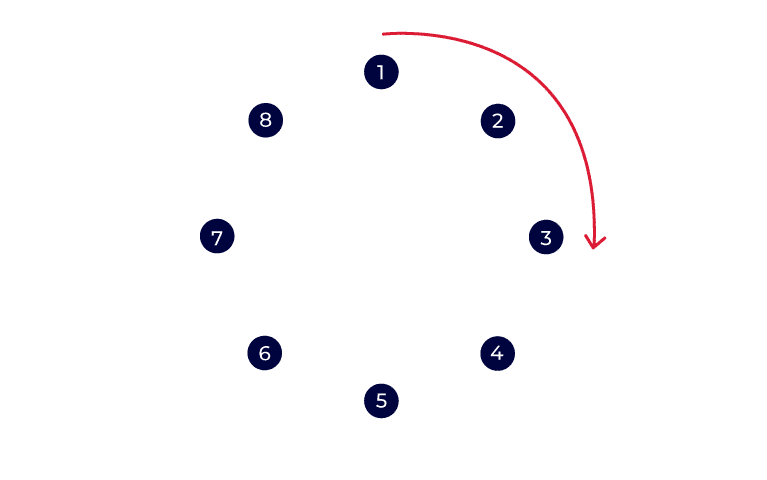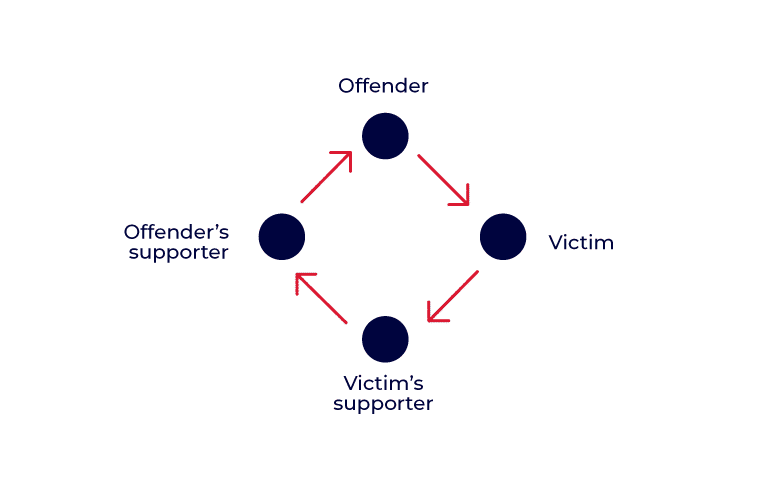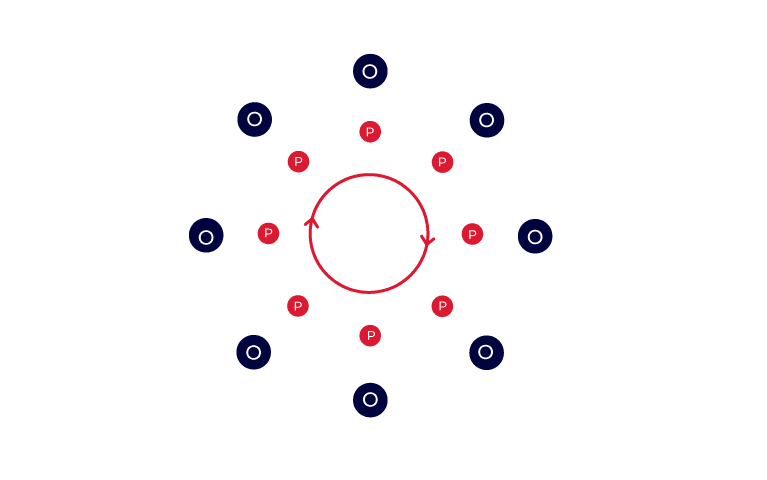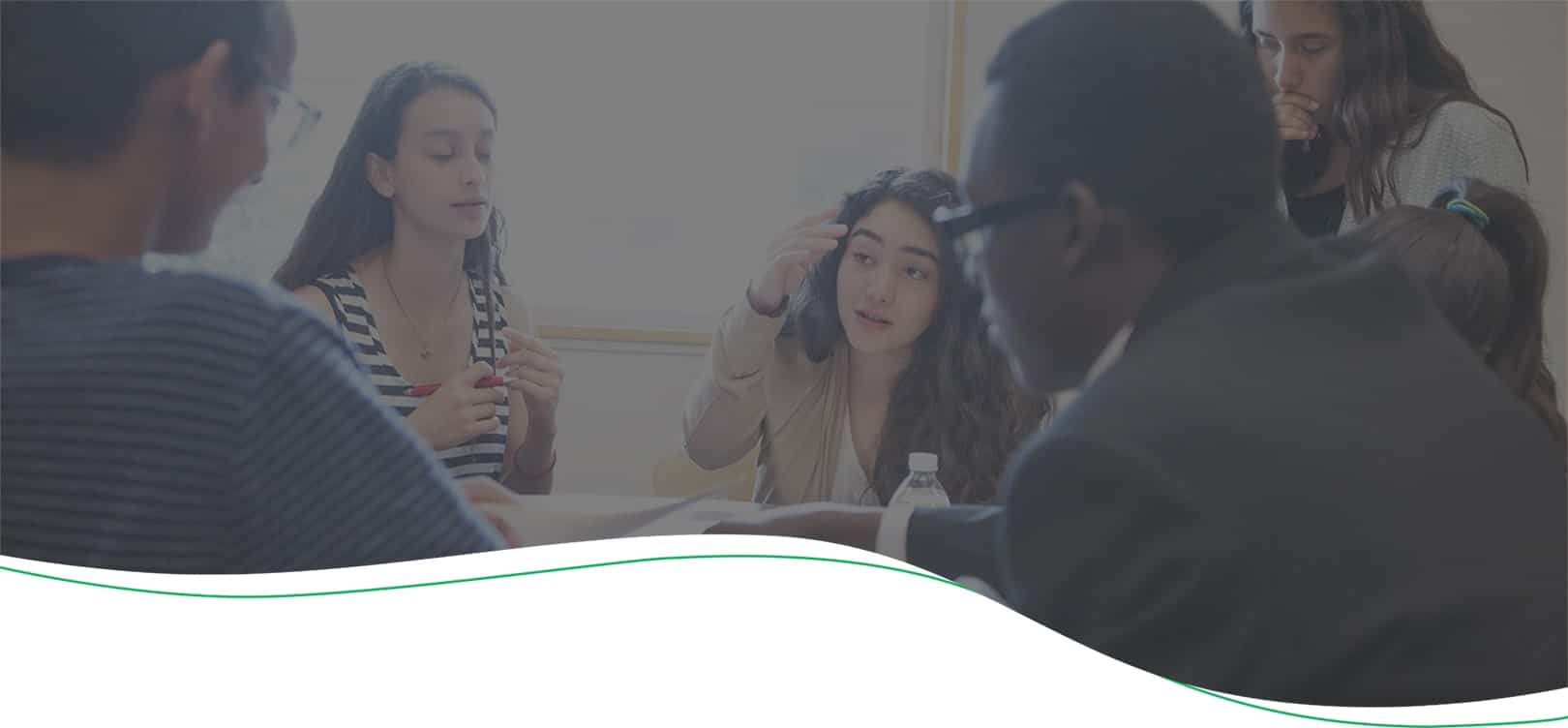
09 Jun What are Restorative Circles and How to Conduct Them
Women Wonder Writers provides cultural arts programs for students who have experienced trauma or abuse. Our students come to class with a lot on their minds, and as educators and mentors, we want to provide a space for them to express themselves freely in ways that are both beneficial to them and their peers. Learning to negotiate conflict effectively is a major component of many of our programs, it’s also one of the reasons why we use restorative justice circles so often. So, what are restorative circles?
We’ll define them, see why so many schools and institutions rely on them, and how we can implement them.
Defining a Key Restorative Practice
What are restorative circles?
A restorative circle is a technique that builds and restores relationships through equal opportunity sharing and listening. These talking circles proactively build the skills individuals need when conflicts arise because they give every individual the opportunity to speak and be heard. Restorative circles are especially beneficial for youth learning how to negotiate conflict, as they help them practice respectful listening and healthy self-expression.
In schools, these circles are often conducted as a response to wrongdoing or conflict as an alternative disciplinary strategy, however, this technique can be equally as effective in providing preventative factors for when future challenges arise. Circles have the power to create and strengthen support systems between peers, and lay the groundwork for a trusting classroom environment.
Because these types of talking circles provide both restorative and preventative measures, they are used in a variety of group settings, including but not limited to schools, foster homes, rehabilitation, correctional and mental health facilities. See why one school chooses to start each day with a circle.
At Women Wonder Writers, we implement restorative circles in our main social-emotional learning program, The Write of Your L!fe, as well as in our Youth Court program.
With trauma-trained instructors teaching in a safe cohort-based environment, The Write of Your L!fe primarily uses restorative circles as preventative measures that provide guidance and support to the students served. Over the course of 12 weeks, the students build trust with one another as they practice sharing and listening to their peers.
Women Wonder Writers also provides a variety of management services to support youth courts. These are collaborative results based peer-to-peer intervention/prevention programs designed to provide an alternative response to school suspension, or an alternative response to the juvenile justice system for first-time, non-violent, school-based offenses.
The primary goal of student courts is to bring parties together to address conflict through conversation, and restorative circles help to facilitate that conversation. They promote dialogue where all parties can speak as equals. Unlike conventional discipline strategies, restorative justice circles allow individuals to understand how their behavior affects others, while also being heard.
As the community youth determine the appropriate consequence for the respondent, holding the respondent accountable, they provide education and enrichment to the respondent to promote long-term behavioral change. And after the volunteers or students determining the consequences listen to the offender, they can have a clearer understanding of what and why something may have happened.
It’s this kind of equity that helps students become aware of themselves, learn empathy and discover change is possible, and that support is there.
Implementing Talking Circles
Conduct restorative circles in schools
There are countless ways to implement talking circles. Each morning you might conduct a mindfulness circle, priming the students for positivity before they start the day, or maybe, you conclude each day with a reflective circle, discussing the ups and downs as a way to assess how your students are doing. Whatever the case, there are certain kinds of circles that are better suited for certain situations.
Types of Restorative Circles
Sequential Circles

In these circles, each person speaks one at a time, going around in an either clockwise or counter-clockwise direction. The structure is as simple as it gets, but establishes equality in the room quickly. These are great for check-ins, goal setting, first-time circles, or mindfulness exercises.
Real Justice Circles

These circles are typical in youth courts and follow a much stricter structure. It follows a bit of a different format that is usually determined by a script where the offender speaks first, then the victim, then the victim’s support, and then the offender’s support. This isn’t always the case, but a facilitator does usually ask the questions and each person answers one at a time, in whichever order the court or committee has laid out.
Once these questions are answered, the structure may change to more of a discussion based conversation to ensure everyone’s needs are being met. In your own classroom, you might use this style to address a student who has been bullied. It does not need to only be youth courts, or justice-involved programs that carry these out.
Fishbowl Circles

Fishbowl circles are primarily used when you have many participants but it would be ineffective to have them all involved in the discussion.
What you might do is arrange a smaller sequential inner circle of those who will be actively involved, and around them place other participants who can listen to the discussion. These observers may occasionally raise points but they are not active participants.
Women Wonder Writers is a nonprofit with a goal of helping youth who are at risk of becoming justice-involved or who may have already been impacted by the criminal justice system, build the life skills they need to become empathetic, resilient, and productive adults.
We value restorative approaches to discipline rather than punishments that so often disconnect students from the classroom, from their education, and ultimately from themselves.


